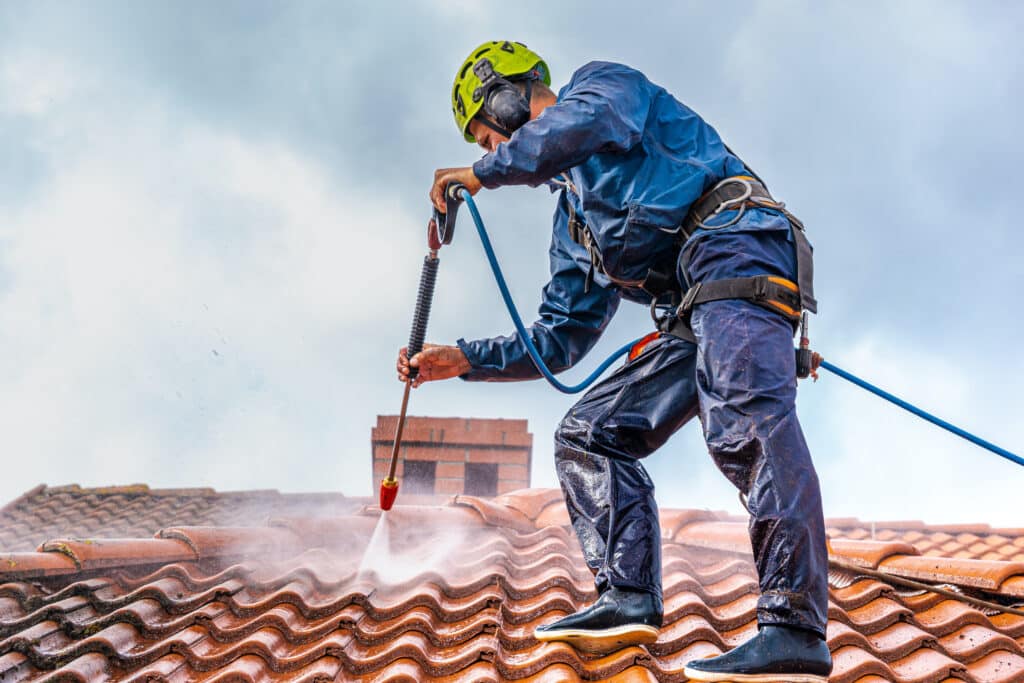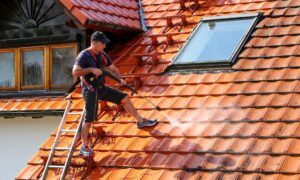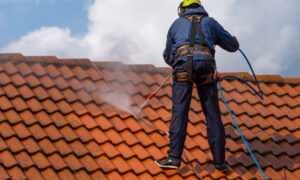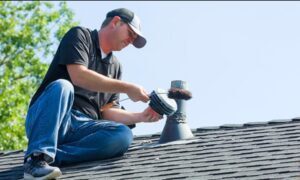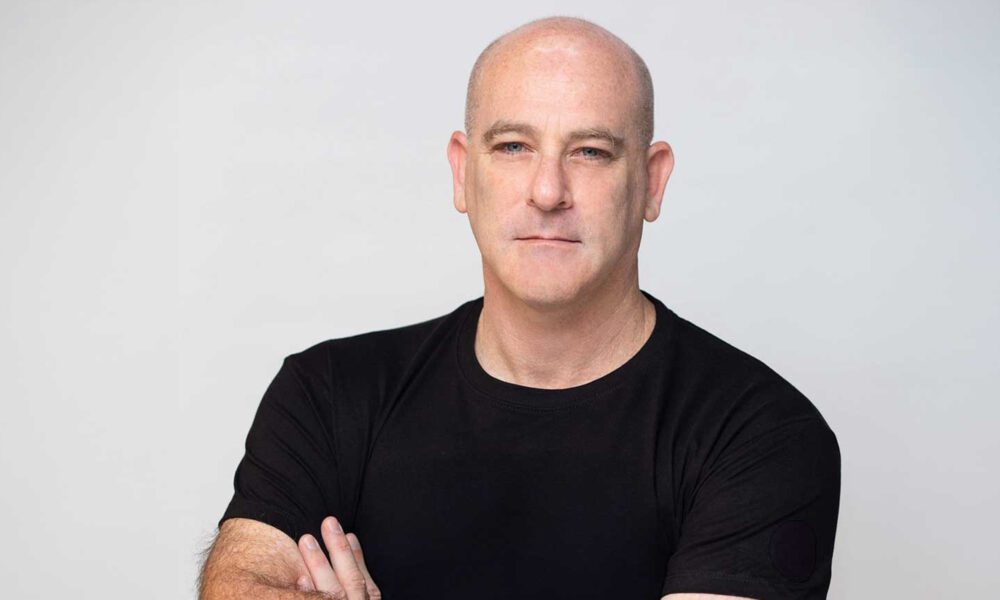If roof cleaning is on your mind, the short answer is: yes, it can affect your warranty. The method you use to clean your roof determines whether your warranty stays valid or is voided. Pressure washing and other aggressive cleaning techniques can damage shingles and coatings, leading manufacturers or installers to deny claims.
The good news? There are safe ways to clean your roof that won’t cancel coverage. Let’s break down how warranties work, what cleaning methods are safe, and the steps you can take to protect both your roof and your investment.
Understanding Roof Warranties
A roof warranty isn’t one-size-fits-all. Most homeowners actually have two overlapping protections:
- Manufacturer’s warranty – Covers defects in shingles or roofing materials.
- Workmanship warranty – Covers installation issues provided by the contractor.
Both types of warranties require you to maintain your roof properly. Ignoring maintenance—or using improper cleaning methods—can give the warranty issuer grounds to reject a claim.
Why Cleaning Matters for Warranty Protection
Warranties often include language requiring “reasonable maintenance.” This means keeping your roof clear of moss, algae, or debris. If the roof is left to deteriorate, the company may argue you didn’t meet your obligations.
The catch: how you clean the roof matters just as much as whether you clean it. Using high-pressure water can void coverage outright.
How Pressure Washing Can Void a Warranty
High-powered pressure washers can strip protective granules from asphalt shingles, loosen flashing, and reduce a roof’s lifespan. Manufacturers often flag this type of cleaning as misuse. If your shingles wear out early, they’ll deny the claim by pointing to pressure-washing damage.
For example, guidelines from the Federal Housing Administration warn against using abrasive cleaning methods because of the risk of material deterioration (HUD.gov).
Safer Alternatives to Protect Coverage
Instead of blasting away buildup with a pressure washer, roof specialists recommend:
- Soft washing – A low-pressure system combined with safe cleaning solutions.
- Manual debris removal – Clearing sticks, leaves, and moss by hand or with gentle tools.
- Preventive treatments – Applying protective coatings or strips to slow algae growth.
These methods clean effectively while preserving protective layers, keeping your warranty intact.
When a Professional Is Worth It
Professional roof cleaners know how to balance cleanliness and warranty protection. They understand manufacturer guidelines and use equipment calibrated for safety. Hiring the right service helps you avoid the risk of voiding coverage through well-meaning DIY mistakes.
If you’re in Texas, some homeowners choose companies that focus on exterior cleaning, such as Pressure Washing Austin, to handle roof work without risking damage.
Other Mistakes That Commonly Void Warranties
It’s not just cleaning that can cause trouble. Common mistakes include:
- Improper attic ventilation – Leads to heat buildup and premature shingle failure.
- Unauthorized repairs – Fixing shingles yourself or hiring non-certified contractors.
- Overlaying a new roof on an old one – Some warranties only apply to full replacements.
- Neglecting inspections – Failing to check the roof after storms or visible damage.
Manufacturers view these issues as homeowner responsibility, and they often use them as reasons to deny claims.
Scenarios You Might Face
- DIY attempt gone wrong – A homeowner pressure washes algae off shingles. Months later, the roof leaks. The warranty claim is denied because of visible cleaning damage.
- Proactive soft washing – Another homeowner uses a soft washing service every two years. Their roof stays clean, and the warranty remains valid.
- Lack of maintenance – A roof goes untouched for years. Moss lifts shingles, causing leaks. The warranty provider says the homeowner failed their maintenance duties.
Tips to Keep Your Warranty Safe
- Read your warranty carefully—note what’s allowed for maintenance.
- Avoid high-pressure equipment on shingles.
- Schedule inspections and gentle cleanings every 1–2 years.
- Keep records of cleaning and maintenance in case you need to prove compliance.
- Use certified or manufacturer-approved contractors whenever possible.
Conclusion
Roof cleaning is essential for longevity, but the wrong method can wipe out your warranty in minutes. Skip the pressure washer, choose safer methods, and hire qualified professionals when needed. By balancing cleanliness with care, you’ll extend your roof’s life while keeping warranty protection intact.

